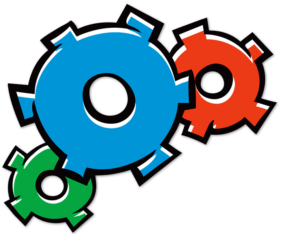Achondroplasia
Achondroplasia is the most common form of dwarfism.
What causes achondroplasia?
Achondroplasia is due to a gene mutation in the FGFR3 gene, which causes abnormal cartilage formation. Approximately one in 25,000 babies is born with this condition. In most cases, the parents are of average height and this is a new gene mutation.
What are the symptoms of achondroplasia?
The following are the most common symptoms of achondroplasia. However, each child may experience symptoms differently. Symptoms may include:
- Large head with a prominent forehead, short arms legs, fingers and toes with average size torso
- Abnormally small opening at the base of the skull which can lead to breathing problems
- Misaligned teeth
- Curved lower spine (lordosis, kyphosis)
- Bowed legs below the knee
- Broad, flat feet
- Weak muscle tone and relaxed joints
- Normal intelligence
How is achondroplasia diagnosed?
Achondroplasia can be diagnosed during routine perinatal ultrasound, or shortly after birth on physical examination. Genetics testing confirms diagnosis. Expect x-rays (skeletal survey) and an MRI.
Treatment of achondroplasia
Most children with achondroplasia will not need neurosurgical intervention. Neurosurgical intervention in children with achondroplasia focuses on the following areas:
- Brainstem compression:The opening at the base of the skull where the brain and spine exit, called the foramen magnum, can become compressed. This compression can pinch the brainstem causing breathing difficulties, which can lead to death if not treated.
- Hydrocephalus: The flow of cerebral spinal fluid may be a complication in some children, and if required, a shunt may be inserted into the brain to relieve the pressure and drain CSF.
- Spinal cord/spinal nerve compression:If the vertebrae do not grow to allow for enough space for nerves to pass in and out, spinal nerves can become compressed, which can lead to numbness, pain or weakness.
- Orthopedic surgery:Many children with achondroplasia have lordosis or kyphosis, which is abnormal curvature of spine (hunch back or round back).
It may require orthopedic surgery.
Reference:
hopkinsmedicine.org/health/conditions-and-diseases/achondroplasia, wikipedia.org/wiki/Achondroplasia, reviewed June 2, 2014

